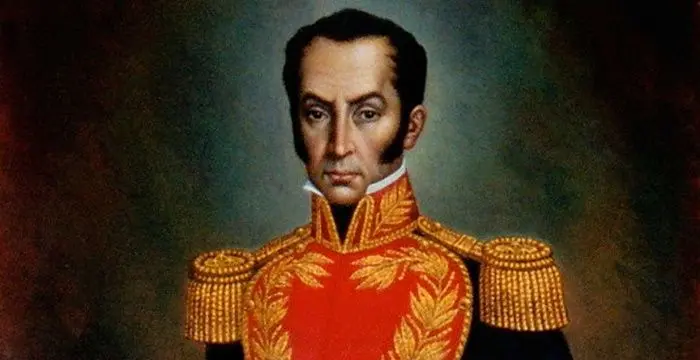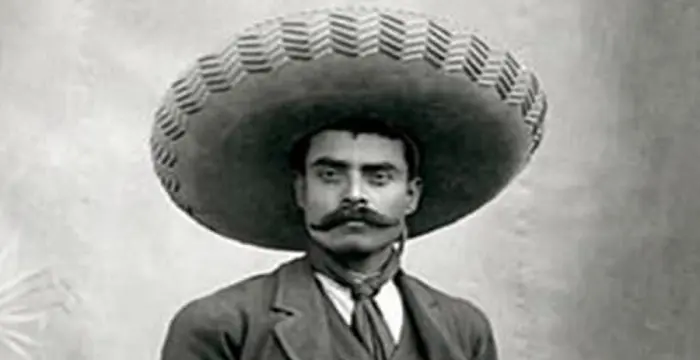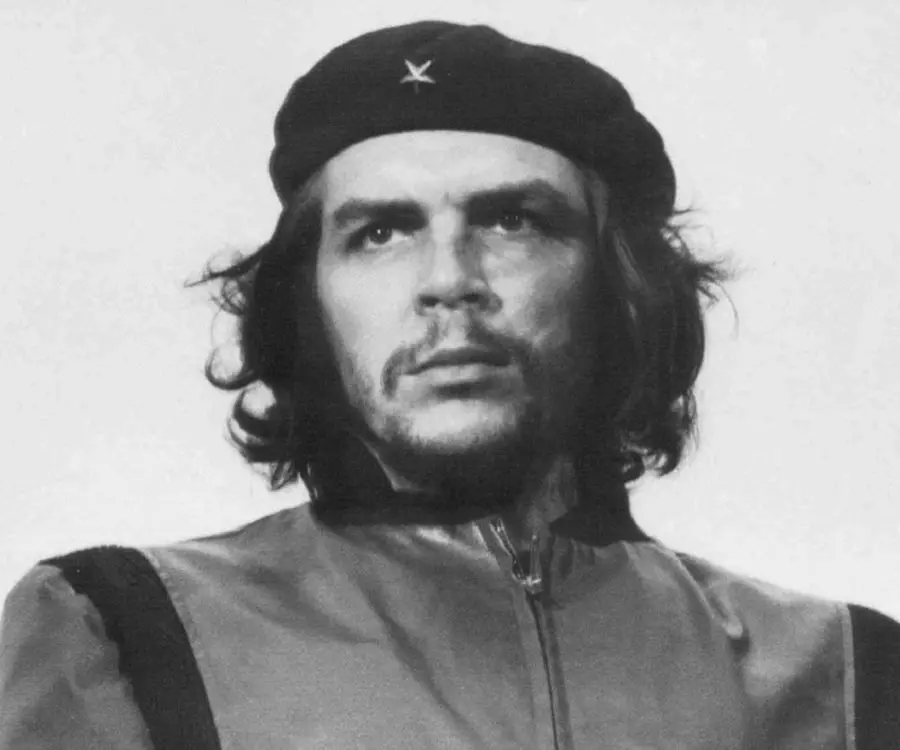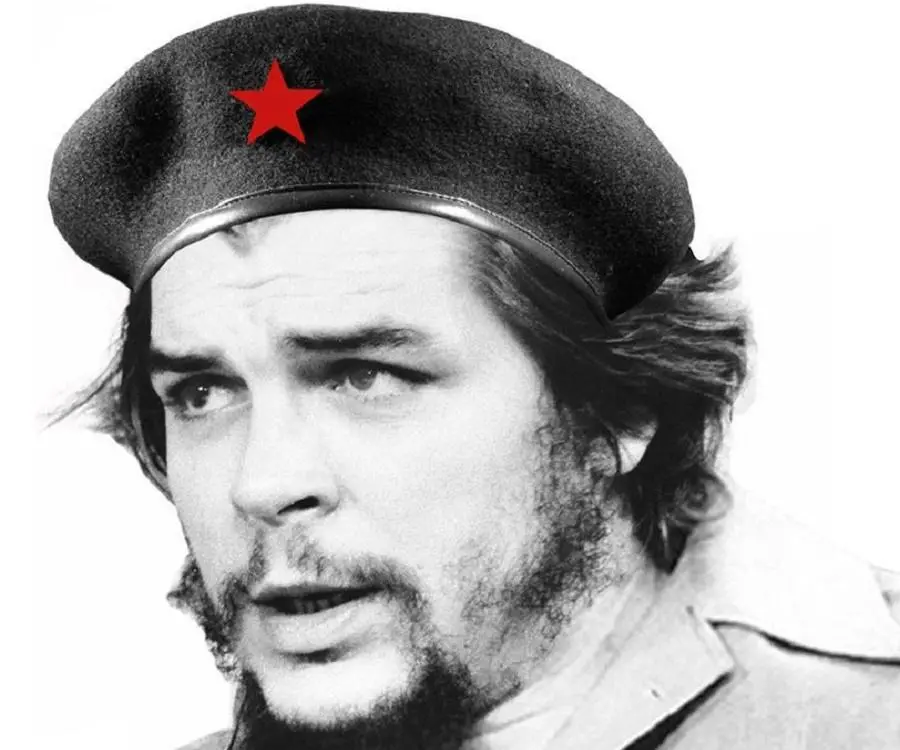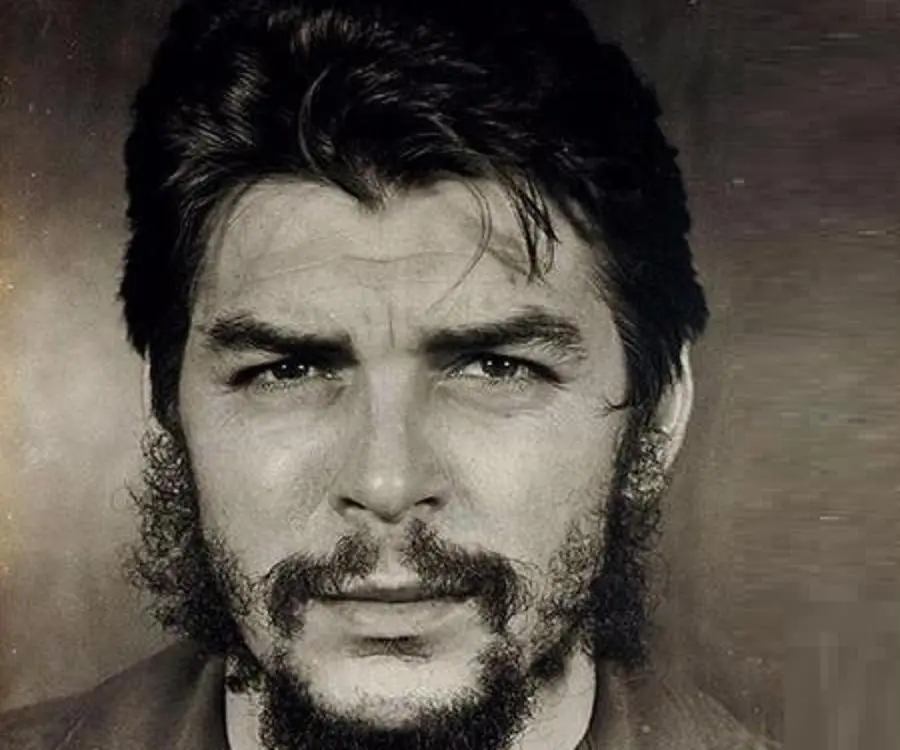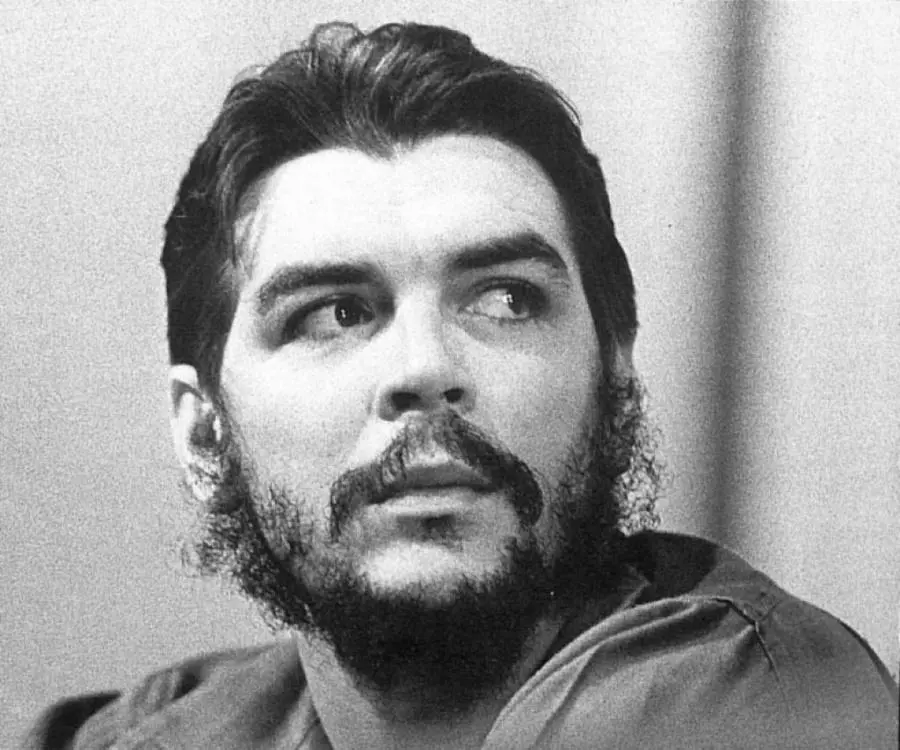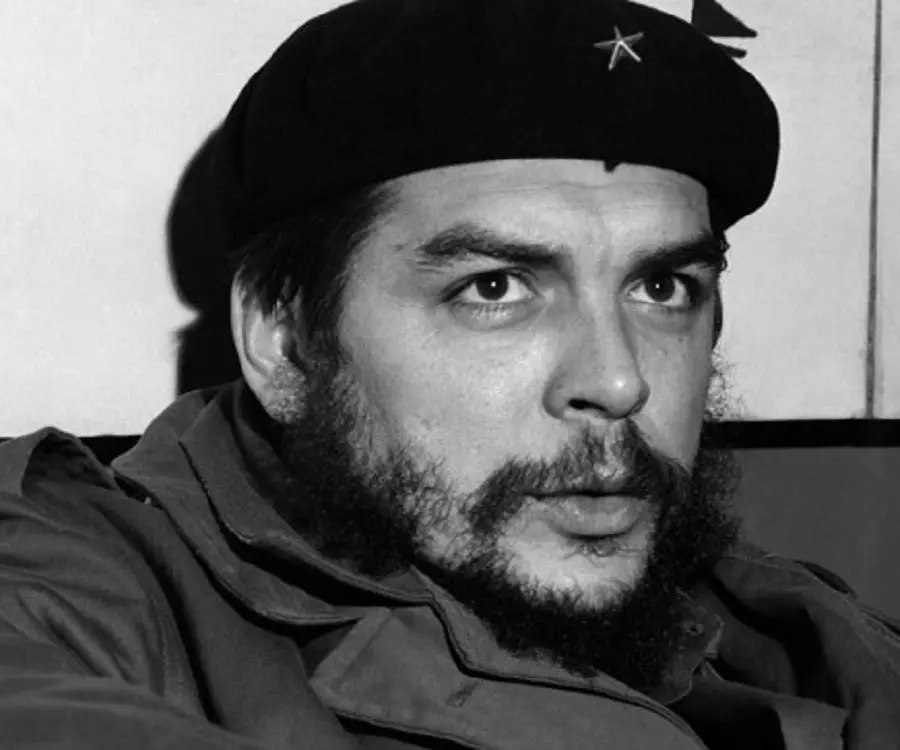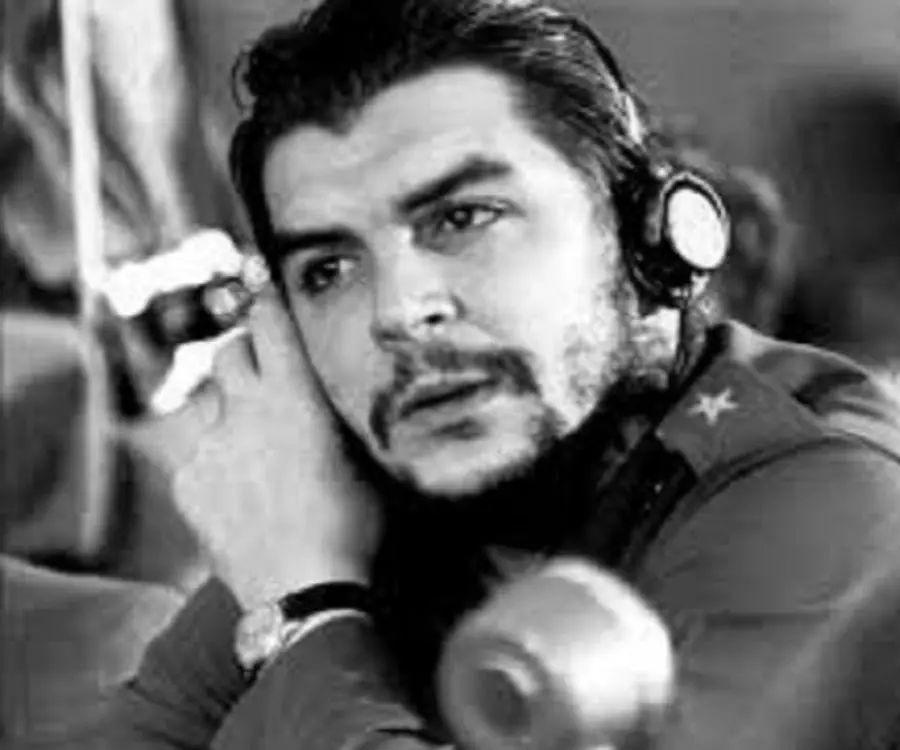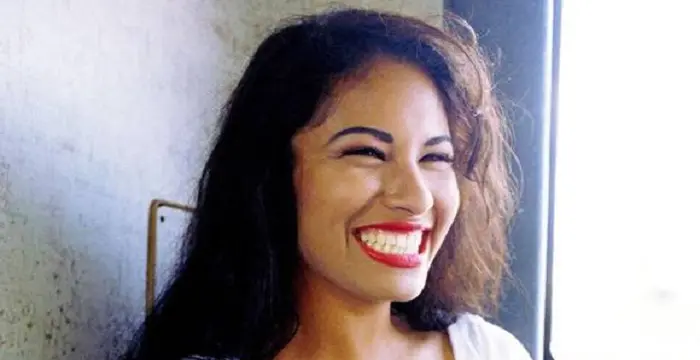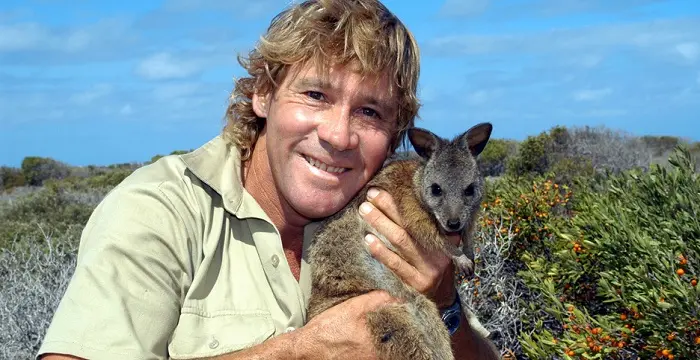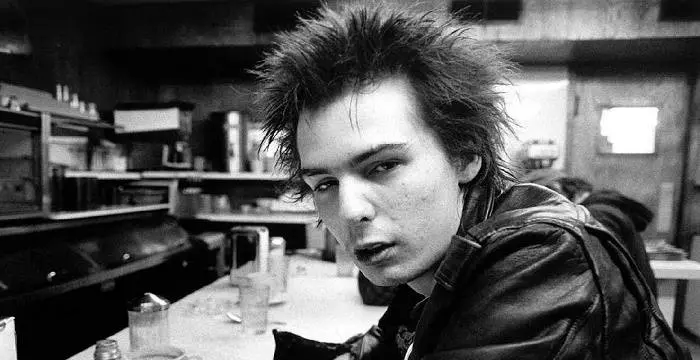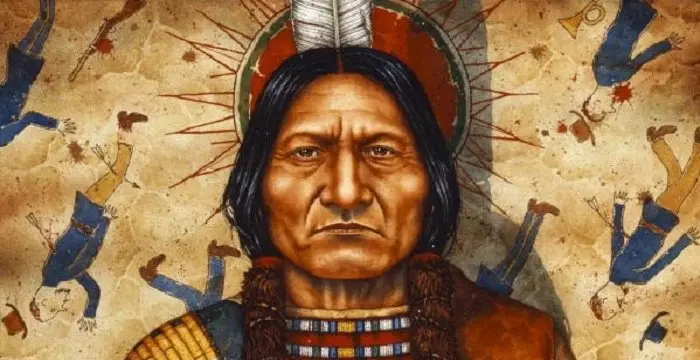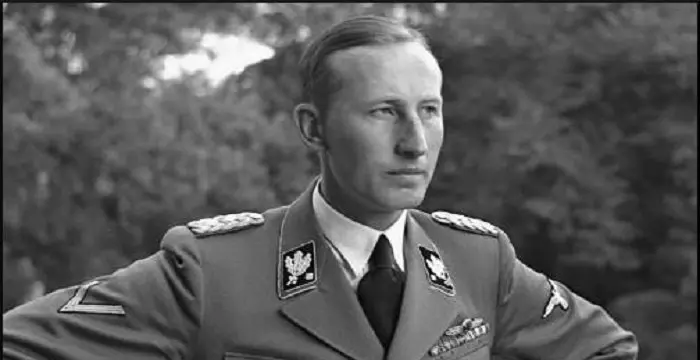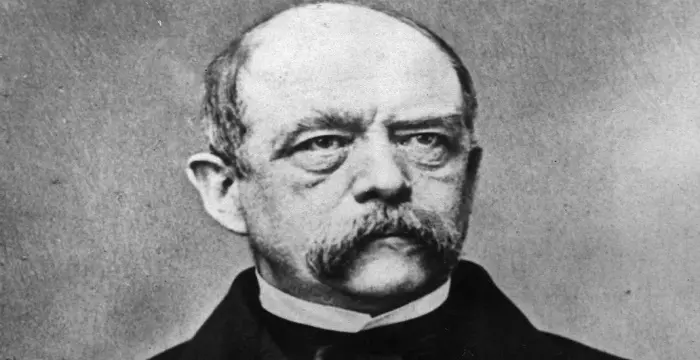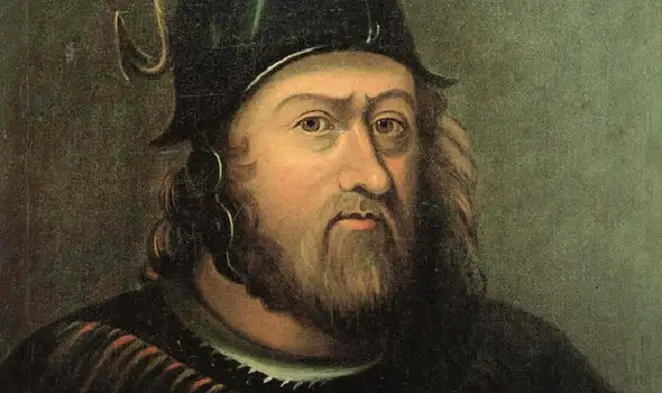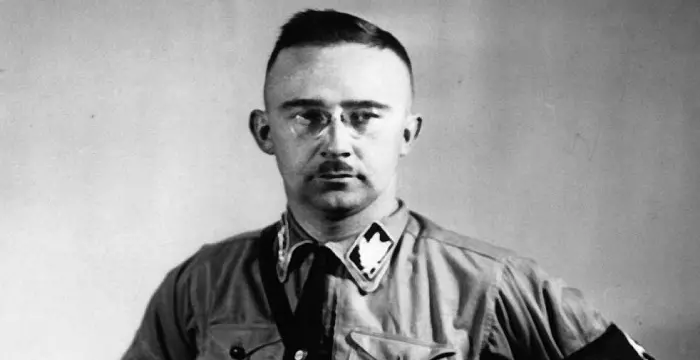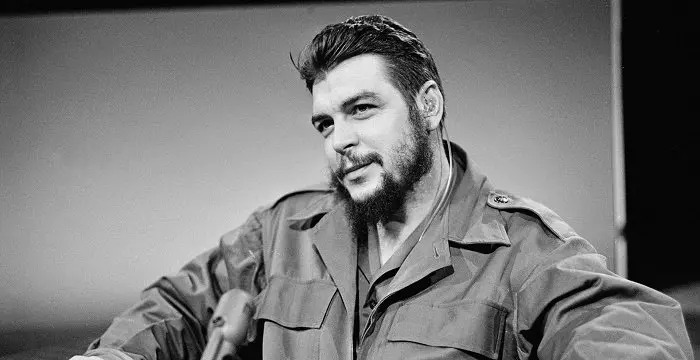
Che Guevara - Military Leaders, Family and Life
Che Guevara's Personal Details
Che Guevara is one of the most revered and legendary political figures in world history
| Information | Detail |
|---|---|
| Birthday | June 14, 1928 |
| Died on | October 9, 1967 |
| Nationality | Argentinian |
| Famous | Died Young, Leaders, Revolutionaries, Military Leaders |
| Spouses | Aleida March (m.1959–1967), Hilda Gadea (m.1955–1959) |
| Siblings | Ana María, Celia, Juan Martín, Roberto |
| Known as | Ernesto Guevara |
| Childrens | Aleida Guevara, Camilo Guevara, Celia Guevara, Ernesto Guevara, Hilda Beatríz |
| Cause of death |
|
| Birth Place | Rosario, Santa Fe, Argentina |
| Gender | Male |
| Father | Ernesto Guevara Lynch |
| Mother | Celia de la Serna y Llosa |
| Sun Sign | Gemini |
| Born in | Rosario, Santa Fe, Argentina |
| Died at Age | 39 |
// Famous Revolutionaries
Tecumseh
Tecumseh was a Native American leader of the Shawnee clan. This biography profiles his childhood, life and timeline.
Simon Bolivar
Simón Bolívar was a Venezuelan military leader who was instrumental in independence of several Latin American countries from the Spanish rule. This biography profiles his childhood, life, achievements and timeline.
Emiliano Zapata
Emiliano Zapata was a Mexican revolutionary leader and one of the most important figures of the Mexican Revolution.Check out this biography to know about his childhood, family life, achievements and other facts about his life.
Che Guevara's photo
Who is Che Guevara?
Che Guevara was a legendary political activist, who gave his life for the downfall of imperialism and the establishment of socialism. It is through his relentless work that he became the countercultural symbol of rebellion and revolution. Throughout his life, Guevara held numerous profiles, that of a doctor, author, guerrilla leader, diplomat and military theorist. Since an early age, Guevara was disturbed by the disdainful living conditions of the poor and the hardships they were undergoing. It was his early expeditions that left a deep impact on him and propelled the emotions of anger and resentment which caused rebellion and revolution. He is known to have played a significant role in the Cuban Revolution along with Fidel Castro and was essentially responsible for the victory attained against the Batista regime. Post the Cuban Revolution, he shaped the economy of Cuba towards a productive and prosperous future by coming out with progressive plans. He was also responsible for the magnanimous increase in the literacy rate of Cuba from 60% to 96%. It was his belief of creating the consciousness of ‘new man’ driven by morals rather than material incentives that has made him a revered figure in the history. For the same, he was listed in the TIME magazine’s list of 100 most influential people of the 20th century. To know more about Guevara’s life and revolutionary actions, scroll further.
// Famous Died Young
Selena
Selena Quintanilla-Pérez, famously known as the ‘Queen of Tejano music’, was a Mexican-American singer, composer, actress, spokesperson and fashion designer. This biography profiles her childhood, life, music career, achievements and timeline.
Steve Irwin
Steve Irwin was a famous Australian naturalist best known for his wildlife show ‘The Crocodile Hunter’. To know more about his childhood, career, profile and timeline read on
Sid Vicious
Sid Vicious was an English musician known for his work with the band ‘Sex Pistols’. Check out this biography to know about his childhood, family life, achievements and fun facts about him.
Childhood & Early Life
Born as Ernesto Guevara to Celia de la Serna y Llosa and Ernesto Guevara Lynch, he was the eldest of the five children of the couple.
From a young age, he was introduced to a wide range of political perspectives, primarily leftists. These incidents left a deep impact on the mind of this budding revolutionary.
He developed an affinity for reading and was known to be a voracious reader. Throughout his early days, he had read the works of various revolutionaries and political leaders of the world including Karl Marx, William Faulkner, Andre Gide, Emilio Salgari, Jawaharlal Nehru, Albert Camus and like.
As a youngster, he excelled in athletics and various sport activities. Academically, after attaining his preliminary education, he enrolled at the University of Buenos Aires to study medicine.
It was while attending college that he embarked on two long journeys: a 4500km long solo journey on bicycle through the rural provinces of Northern Argentina in 1950, and a nine-month, 8,000-kilometer continental motorcycle trek through most of South America with his friend Alberto Granado in 1951.
These two journeys played an instrumental role in changing his views completely – that of himself and the then prevailing economic conditions. He was baffled by the ruthless exploitation of poor and amazed at the friendliness prevailing amongst desperate people.
The notes taken during the two trips evolved to form a book, entitled ‘The Motorcycle Diaries’. The book became a New York Times bestseller.
Later Life
Upon attaining a degree in medicine in 1953, he embarked on yet another journey, which further affirmed his views against capitalism and the need to save the world from it. He became politically active, first in native Argentina and later at Bolivia and Gautemala.
For a living, he started working in the General Hospital in Mexico City in 1954. Additionally, he gave lectures on medicine at the National Autonomous University of Mexico and as a news photographer in a news agency.
Deeply troubled by the poverty and the exploitation of the poor and the deprived, he resolved to fight for a better world. It was in 1955 that he was introduced to Cuban revolutionary leader, Fidel Castro. The two joined hands to work against imperialism.
He helped Castro in the latter’s effort to overthrow the Batista government in Cuba. For the same, he attained military training and learned hit and run tactics of guerrilla warfare.
In 1956, the troops loyal to Castro, initiated the 26th of July Movement during which they aimed to set up a base in the Sierra Maestra mountains. However, attacked by the government troop, only 22 of the once 82 member troop reached to the top.
In the next couple of months, they raided army camps thereby building up their stock of weapons and ultimately gaining victory over the territory. Upon attaining control of the region, they redistributed land equally among all peasants and in return were helped by the peasants against the Batista forces.
The growing popularity of Castro led to an increase in his army with peasants, students and Catholic priests joining in. Furious at the growing popularity of the Castro army, the Batista government publically executed people, which raised an outcry amongst the people against the government and increased support for the guerrillas.
By 1958, Castro’s army which mainly comprised of the poor and the deprived had gained the backing of the influential middle class and were supported by national bodies representing lawyers, doctors, accountants and social workers. Castro’s troops fought bravely against the government forces, inflicting the latter with one defeat after the other.
In 1958, Guevara played a critical role in the Battle of Las Mercedes, leading to the failure of the plan of the Batista government, which aimed at destructing the Castro forces.
He then led fighters towards Havana for the final push. He also played a crucial role in taking over Santa Clara, which became the final decisive military victory of the revolution. On January 8, 1959, Fidel Castro took control of Havana.
Guevara took up the position of a commander of the La Caba�a Fortress prison and was in charge of instituting revolutionary justice against those considered to be traitors, informants and war criminals.
In June 1959, he went on a three-month tour to cover the Bandung Pact countries and cities of Singapore and Hong Kong. Upon returning from the tour, he was made the Minister of Industries.
During his tenure as the minister, he confiscated land owned by US corporations and re-distributed the same. In addition to land reform, he stressed on the importance of literacy.
He indulged in setting up school and educational institutes in rural areas. He emphasized on the importance of training educators, who in turn would transform the illiterate masses into literate ones. He also made higher education universally accessible. During his rule, the literacy rate rose from 60% to 96%.
In addition to being Minister of Industries, he was made Finance Minister and President of National Bank. In the new profile, he worked towards eliminating social inequalities by nationalizing factories, banks, and businesses. He even aimed at providing housing, healthcare, and employment facilities for Cubans.
In 1960, he visited China and Soviet Union and was mainly responsible for the Soviet-Cuban relationship. He sharply criticized the Soviet bureaucracy. After some time, he resigned from his governmental duties to resume his work as a revolutionary abroad.
In 1965, he left Cuba to set up guerrilla troops, first in the Congo and later in Bolivia. Following year, he tried to convince the people of Bolivia to rebel against the government but met with little success.
Personal Life & Legacy
He tied the martial knot with Hilda Gadea in 1955. The couple was blessed with a child. However, the relationship did not last long and the two separated in 1959, after he informed Gadae about his relationship with Aleida March.
He then married Aleida March on June 2, 1959. The couple was blessed with four children.
His efforts to raise an uprising in Bolivia not just failed but charged him his life. He was captured by the government forces and taken to La Hinguera on October 8, 1967. Following day, Bolivian President Rene Barrientos ordered him to be killed. The final execution was carried out by Mario Teran, a sergeant in the Bolivian army.
It was only in 1997 that the Guevara’s body was found, located near a Vallegrande airstrip. After confirmation report by forensic anthropologist, his remains were laid to rest, with military honors, in a specially built mausoleum in the Cuban city of Santa Clara.
Trivia
He joined hands with Fidel Castro and played an important and crucial role in the Cuban Revolution. For his revolutionary actions and rebellions nature, he became an iconic cultural hero.
// Famous Leaders
Edi Rama
Edi Rama is the current Prime Minister of Albania. Check out this biography to know about his childhood, life, achievements, works & timeline.
Tecumseh
Tecumseh was a Native American leader of the Shawnee clan. This biography profiles his childhood, life and timeline.
Khalifa bin Zayed Al Nahyan
Sheikh Khalifa bin Zayed Al Nahyan is the current President of the United Arab Emirates (UAE). Check out this biography to know about his birthday, childhood, family life, achievements and fun facts about him.
Che Guevara biography timelines
- // 14th Jun 1928Born as Ernesto Guevara to Celia de la Serna y Llosa and Ernesto Guevara Lynch, he was the eldest of the five children of the couple.
- // 1950 To 1951It was while attending college that he embarked on two long journeys: a 4500km long solo journey on bicycle through the rural provinces of Northern Argentina in 1950, and a nine-month, 8,000-kilometer continental motorcycle trek through most of South America with his friend Alberto Granado in 1951.
- // 1953Upon attaining a degree in medicine in 1953, he embarked on yet another journey, which further affirmed his views against capitalism and the need to save the world from it. He became politically active, first in native Argentina and later at Bolivia and Gautemala.
- // 1954For a living, he started working in the General Hospital in Mexico City in 1954. Additionally, he gave lectures on medicine at the National Autonomous University of Mexico and as a news photographer in a news agency.
- // 1955Deeply troubled by the poverty and the exploitation of the poor and the deprived, he resolved to fight for a better world. It was in 1955 that he was introduced to Cuban revolutionary leader, Fidel Castro. The two joined hands to work against imperialism.
- // 1955 To 1959He tied the martial knot with Hilda Gadea in 1955. The couple was blessed with a child. However, the relationship did not last long and the two separated in 1959, after he informed Gadae about his relationship with Aleida March.
- // 1956In 1956, the troops loyal to Castro, initiated the 26th of July Movement during which they aimed to set up a base in the Sierra Maestra mountains. However, attacked by the government troop, only 22 of the once 82 member troop reached to the top.
- // 1958By 1958, Castro’s army which mainly comprised of the poor and the deprived had gained the backing of the influential middle class and were supported by national bodies representing lawyers, doctors, accountants and social workers. Castro’s troops fought bravely against the government forces, inflicting the latter with one defeat after the other.
- // 1958In 1958, Guevara played a critical role in the Battle of Las Mercedes, leading to the failure of the plan of the Batista government, which aimed at destructing the Castro forces.
- // 1959He then led fighters towards Havana for the final push. He also played a crucial role in taking over Santa Clara, which became the final decisive military victory of the revolution. On January 8, 1959, Fidel Castro took control of Havana.
- // 1959In June 1959, he went on a three-month tour to cover the Bandung Pact countries and cities of Singapore and Hong Kong. Upon returning from the tour, he was made the Minister of Industries.
- // 2nd Jun 1959He then married Aleida March on June 2, 1959. The couple was blessed with four children.
- // 1960In 1960, he visited China and Soviet Union and was mainly responsible for the Soviet-Cuban relationship. He sharply criticized the Soviet bureaucracy. After some time, he resigned from his governmental duties to resume his work as a revolutionary abroad.
- // 1965In 1965, he left Cuba to set up guerrilla troops, first in the Congo and later in Bolivia. Following year, he tried to convince the people of Bolivia to rebel against the government but met with little success.
- // 8th Oct 1967His efforts to raise an uprising in Bolivia not just failed but charged him his life. He was captured by the government forces and taken to La Hinguera on October 8, 1967. Following day, Bolivian President Rene Barrientos ordered him to be killed. The final execution was carried out by Mario Teran, a sergeant in the Bolivian army.
// Famous Military Leaders
Sitting Bull
Sitting Bull was a Teton Dakota Indian chief who led Sioux tribes in their struggle for survival on the North American Great Plains.
Simon Bolivar
Simón Bolívar was a Venezuelan military leader who was instrumental in independence of several Latin American countries from the Spanish rule. This biography profiles his childhood, life, achievements and timeline.
Reinhard Heydrich
Reinhard Heydrich was a high-ranking German Nazi official during the World War II. Check out this biography to know about his childhood, family life, achievements and other facts about his life.
Otto von Bismarck
Otto von Bismarck served as the Chancellor of Germany and the Prime Minister of Prussia. He unified the German states into a powerful German empire. This biography profiles his childhood, political career, life, achievements and timeline.
William Wallace
William Wallace was a Scottish knight who was a central figure in the Wars of Scottish Independence. This biography of William Wallace provides detailed information about his childhood, life, achievements, works & timeline.
Heinrich Himmler
Heinrich Himmler was a German Nazi military commander and a close associate of Adolf Hitler. This biography profiles his childhood, family, personal life, role in concentration camps and his death.
Che Guevara's FAQ
What is Che Guevara birthday?
Che Guevara was born at 1928-06-14
When was Che Guevara died?
Che Guevara was died at 1967-10-09
Where was Che Guevara died?
Che Guevara was died in La Higuera, Vallegrande, Bolivia
Which age was Che Guevara died?
Che Guevara was died at age 39
Where is Che Guevara's birth place?
Che Guevara was born in Rosario, Santa Fe, Argentina
What is Che Guevara nationalities?
Che Guevara's nationalities is Argentinian
Who is Che Guevara spouses?
Che Guevara's spouses is Aleida March (m.1959–1967), Hilda Gadea (m.1955–1959)
Who is Che Guevara siblings?
Che Guevara's siblings is Ana María, Celia, Juan Martín, Roberto
Who is Che Guevara childrens?
Che Guevara's childrens is Aleida Guevara, Camilo Guevara, Celia Guevara, Ernesto Guevara, Hilda Beatríz
What is Che Guevara's cause of dead?
Che Guevara dead because of Execution
Who is Che Guevara's father?
Che Guevara's father is Ernesto Guevara Lynch
Who is Che Guevara's mother?
Che Guevara's mother is Celia de la Serna y Llosa
What is Che Guevara's sun sign?
Che Guevara is Gemini

